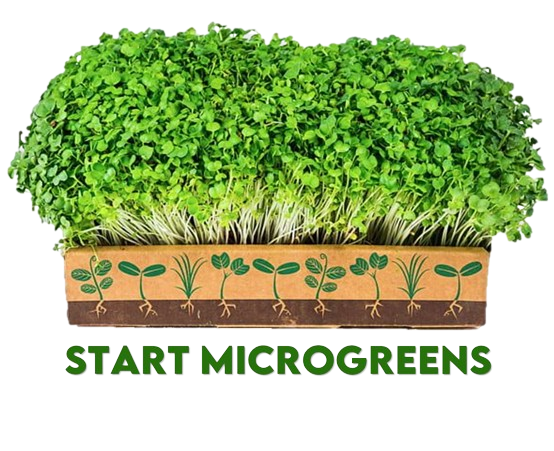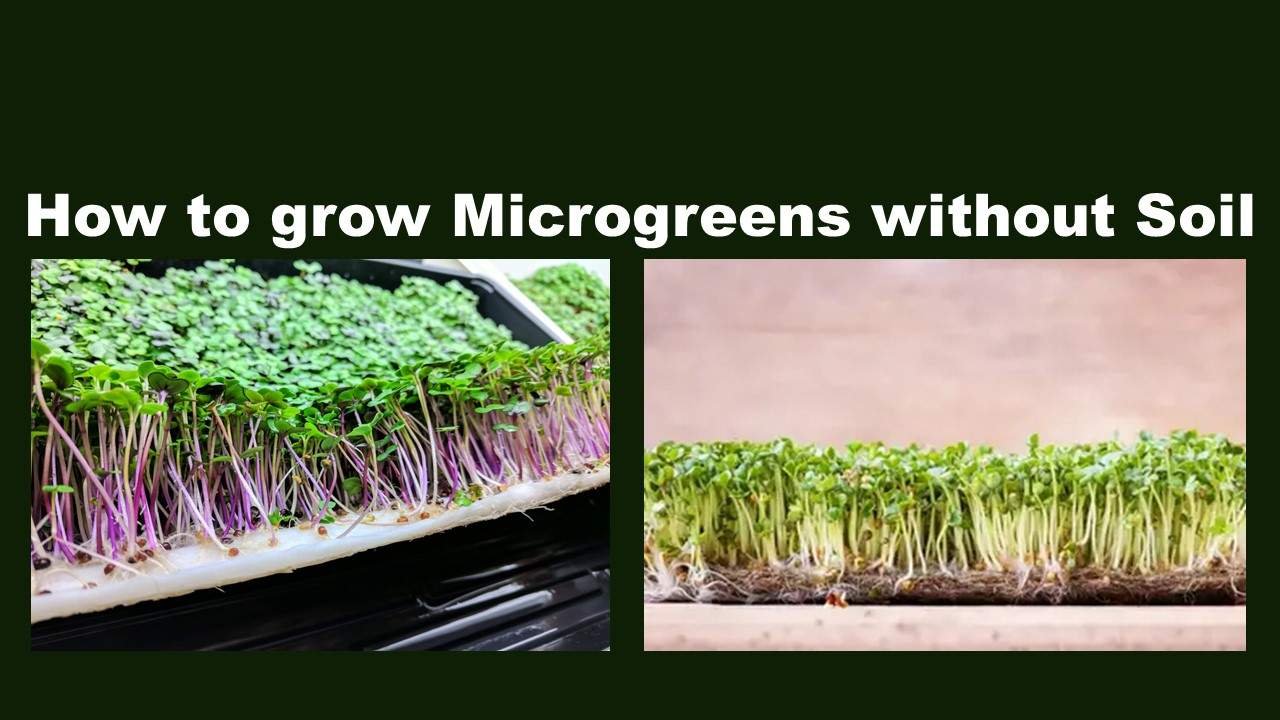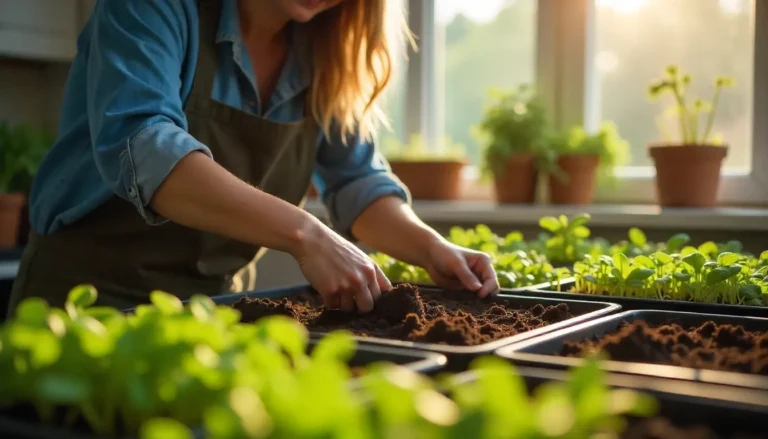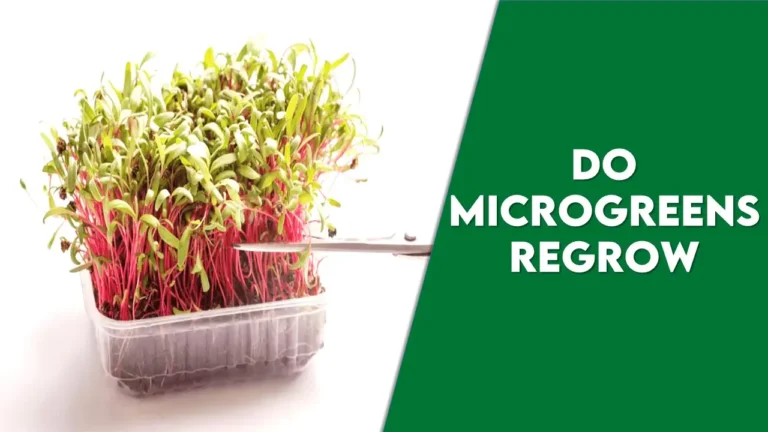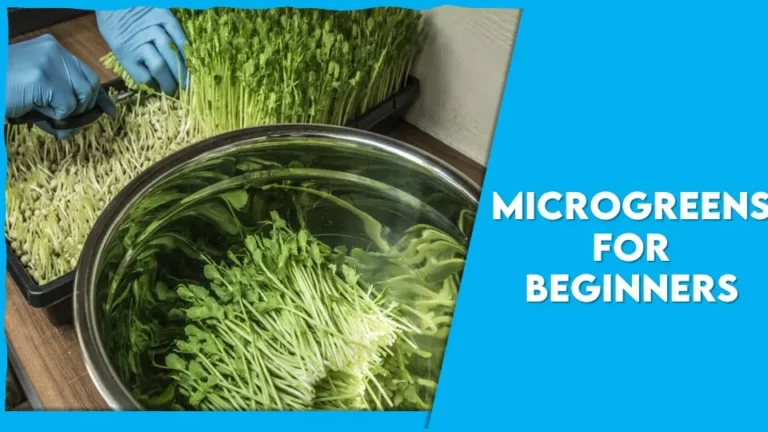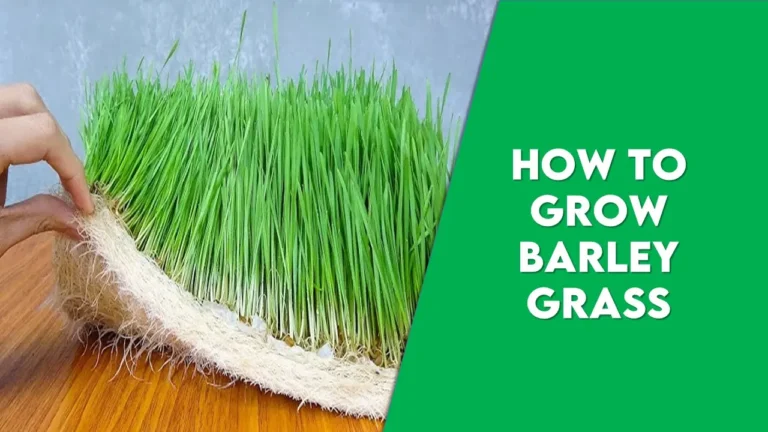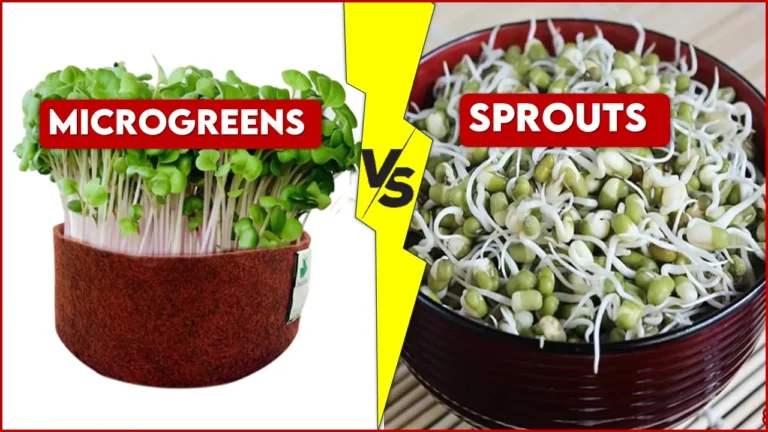Before getting into details, I just want you to imagine how the cultivation of food happens without any worries about soil which is an important basement that supports the growth of greens. Is it even possible? Of course yes and there is a solution for every impossibility to happen. In current times, there is no such word called ‘impossible’. Yes, you heard it right! You can start cultivating your food without any need for the soil. Let us get into the details of growing microgreens without soil.
The ancient method of farming needs soil as the main bedrock for the growth of crops, plants, and everything. With technological advancement, other approaches like hydroponics and aeroponics have been developed and also soil being the main media has been replaced. Exploring innovative ways and methods of nurturing the greens reduces our traditional dependency on the soil. No matter if you are an urban dweller willing to give a green touch to your indoors or a modern gardening enthusiast, this article will help you master the art of how to grow microgreens without soil.
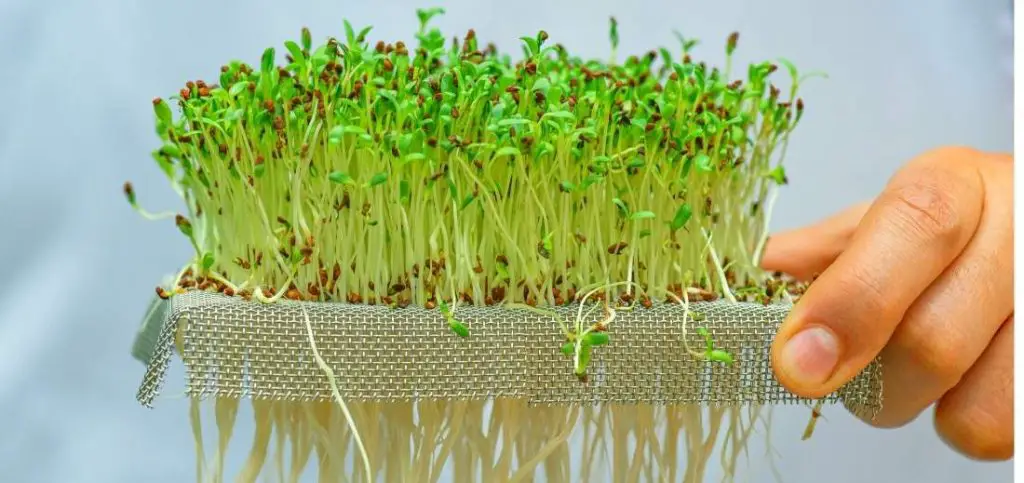
Why prefer Soilless Cultivation?
While traditional cultivation methods prefer soil as the main growing media, soilless cultivation presents a revolutionary approach to mitigate conventional limitations. You might find many ways to resolve the issue of how to grow microgreens without soil but how it benefits us needs to be known. This technique of growing plants without the need for soil has gained fame in recent times for distinct reasons some of which are listed below
Nutrient efficiency:
Plants absorb the nutrients from the soil via the root system. The soil undergoes various forms of nutrition depletion through processes like leaching, runoff, and others. When the soil media is replaced with techniques like hydroponics where water is used as the main media, the nutrients are taken up from the water where precise nutrient control and localized distribution of nutrition occurs. This in turn improves and increases the nutrient efficiency.
Space Efficiency:
With the modernization of agriculture, the cultivation process finds its scope even in urban cities where space is a constraint. Replacing soil with other media like cocopeat, clay balls or establishing a vertical hydroponic system will enable the garden lovers to set up soilless cultivation in limited space.
An End to Soil-borne Diseases:
Soilless cultivation will eliminate the risk of soil-borne diseases which would otherwise affect the plant growth and development with a considerable impact on its yield and quality. This will also reduce the costs incurred ( in the form of pesticides and fungicides) in the prevention of the occurrence of these diseases.
Optimization of resources:
With the new innovative advancements, the usage of resources can be optimized and not overutilized. The mechanism of direct and precise nutrient supply to the plants will robust the plant growth by minimizing the usage of resources and reducing the cost of cultivation making it accessible to the common people as well.
Clean and Less Messy Cultivation:
No soil, no mess. In the conventional method of gardening, soil handling usually creates a huge mess making the whole growing process difficult and tedious. Now, the new method of farming makes the entire process clean and tidy. This is way more convenient, especially for indoor gardeners.
4 Different Ways TO Grow Microgreens without Soil
You might probably wonder growing microgreens without soil. Here are a few ways.
Hydroponics:
The cost for hydroponic setup might start from 10k and go to lakhs depending on the extent of the area chosen.The nutrient-dense and flavor-rich microgreens are said to be getting immense demand in the home gardens and also in the commercial aspect. Well, this technique is proven to get high yields without compromising the quality, the cost might feel a little higher.
The entire hydroponic set up for microgreens involves many components like shallow trays which serve as the containers for planting, the nutrient solution is needed which mitigates the addition of fertilizers, and the grow lights set up required which mitigates the natural sunlight. EC and pH meters are required to constantly check the status of the nutrient media. The hydroponic set might be an expensive way when it comes to growing microgreens but can be an eye-catching setup.
Benefits of Hydroponics as a Growing Media
- Year-round cultivation: When you are opting for hydroponics, year cultivation can be made as it is not restricted to specific seasons. The microgreens can be grown throughout the year and that ensures constant supply.
- Effective growth: The hydroponic system provides a controlled environment that allows them to grow faster, the produce comes to harvest in less time as the growth is enhanced.
- Nutrient-dense: It is said that the plants grown hydroponically will have a higher nutrient profile than those cultivated from the soil, thus it provides a good concentration of nutrients.
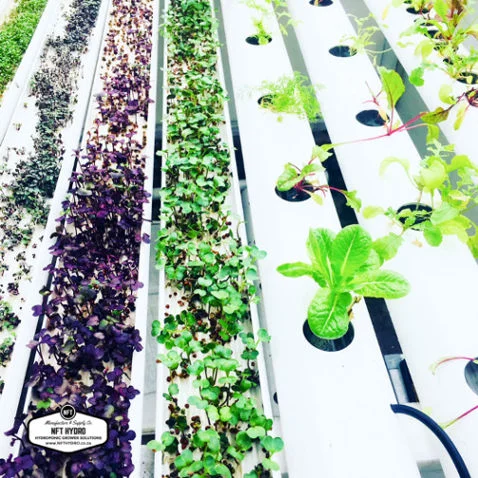
Cocopeat
The cost ranges from 15/- to 30/- per kg depending on the quality. The technique of growing microgreens in your vicinity does not necessarily require soil as the growing media. As said in the above discussion, it can be replaced by other materials like cocopeat coco coir or coir pith. You must have come across this word in recent times. Cocopeat is widely used and a proper media for microgreens.
It is nothing but the by-product extracted from the husks of the coconuts. It is obtained naturally through crushed coconut husks that have excellent capability of water retention. It is the best suitable media when the plant is in its seedling stage and promotes early plant growth. As the microgreens are early harvest products, this serves as one of the best media.
Benefits of Cocopeat as a Growing Media
- Promotes aeration: The porous nature of cocopeat aids in good aeration. This benefits the roots in terms of growth and absorption and directly enhances the prevalent development of the plant.
- Water retention capability: The texture of cocopeat is exceptionally good and holds an excellent property of good water retention capacity which reduces the time interval of irrigation. This also ensures that the roots have access to good moisture levels for longer periods.
- Versatile medium: When it comes to soil, the pH has to be adjusted depending upon its existing nutritional status. The soil has to be amended to neutral for the betterment of plant growth. Acidity or alkalinity of the soil may hinder the growth process of the plant to a greater extent which needs to be altered thereafter. But, the cocopeat being neutral does not demand any necessary corrections in terms of pH and hence is suggested for the growth of wide range of plant species starting from the germination stage.
- Eco-friendly: The cocopeat is extracted naturally from the coconut husks and hence comes under the category of renewable resource which in turn promotes the concept of sustainability which is the need of the hour.
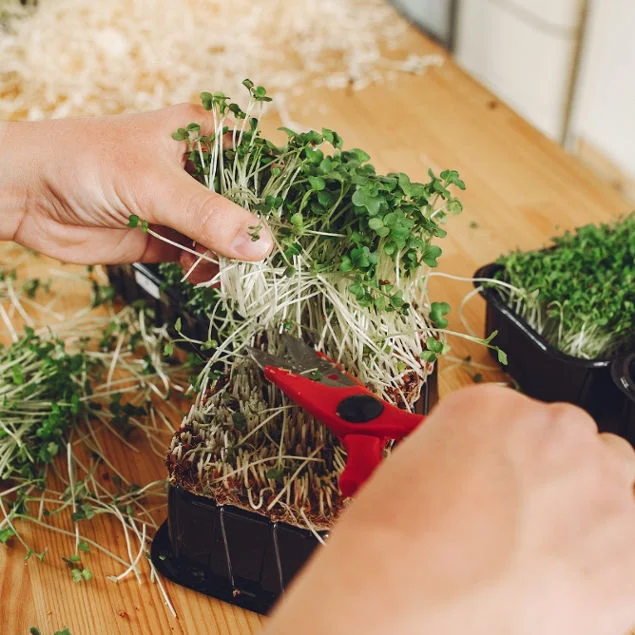
Clay balls:
The cost may start from anywhere between 200/- to 500/- depending upon the weight.
Clay balls also termed as LECA balls are very light in weight and is made from clay that has been heated to very high temperatures. These are widely used in aquaponics and hydroponics that will support plant growth without the need for soil. Being light in weight, these are easy to handle and are used in various gardening setups these days and can be used as an alternative medium to soil when it comes to growing microgreens.
Benefits of Clay Balls as Growing Media
- Porous nature: The clay balls are relatively porous in their structure and texture which will help in promoting good aeration to the roots of the plants. It aids in easy movement of nutrients and water in setups like hydroponics and aquaponics.
- Reusable: Why would one spend money on the growing media when the media itself is reusable? Yes, these clay balls can be reused multiple times promoting sustainability.
- Reduces the risk of disease: The balls leave air gaps in between them which helps in providing oxygen to the roots of the plants. This helps in reducing the attack of root rot. The main cause of root rot is lack of oxygen in the roots. The anaerobic condition developed due to insufficient oxygen levels that may arise from over-watering can create a favorable condition for root rot to develop. This can be prevented by using clay balls
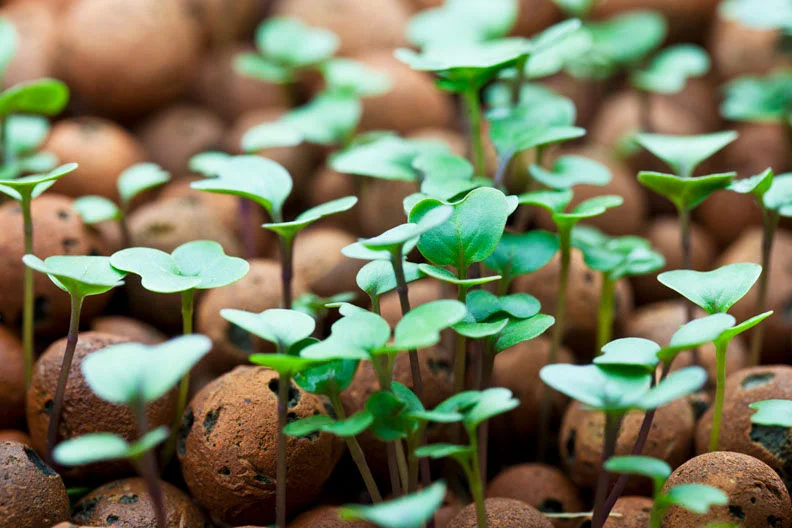
Vermiculite:
The cost may start from 100/- to 150/- per kg
Vermiculite is also a popular growing media used by gardeners which shares similarities with cocopeat in its nature. It is a mineral that is naturally found and has been used as a good replacement to the soil due to its unique properties. It can be widely suggested to people interested in container gardening.
Benefits of Vermiculite as Growing Media
- Water retention: Like any other media mentioned above, vermiculite also has an exceptional property of water retention that creates a moist environment to the roots without encouraging water logging.
- Perfect amendment: Even if vermiculite is not preferred directly as a growing media, it can be added to the soil as an amendment that improves the aeration and moisture-holding capacity of the soil. It can be added to heavy soils to lighten it or can be added to sandy soils to improve the water holding capacity.
- Sterile & Safe : It preferably does not introduce any pests or diseases to the growing environment. It reduces the risk of contamination in the growing environment making it a perfect choice for microgreens
Apart from the above-mentioned ways, paper towels or mesh layers can also be used as a base for the microgreen setup. The growing process is similar to the ones mentioned above. The base you choose needs to be wet enough to supply moisture to the seedlings and water should be sprayed at specific intervals for successful growth.
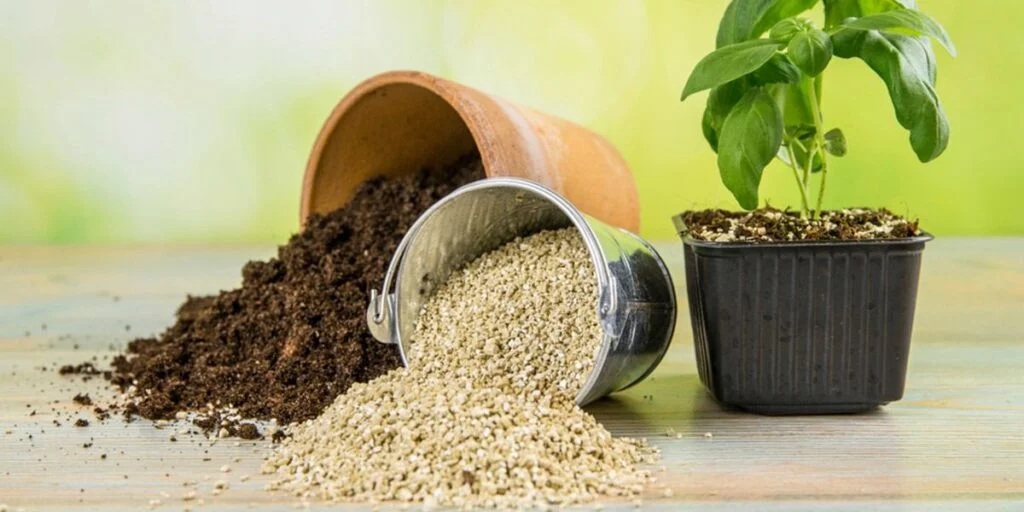
Conclusion
Now, I am sure that the query of how to grow microgreens without soil has been resolved to some extent. Hydroponics is a little expensive when compared to other media like cocopeat, clay balls or vermiculite. Whether you are a new gardener interested in trying out various techniques and methods to grow your own produce, this would for sure open up many possibilities for growing these nutrient-dense greens.
The very exciting part is that all the above-mentioned alternatives would be within an affordable price range and ensure a rewarding experience to every garden enthusiast. You can reap the joy of every seed sown when attention is paid to every minute detail throughout the growing process starting from the raw material till the harvest of the produce. Any deviation in between might hinder the growth process right from the early stages.
Latest Post
- Most Popular Microgreens to Grow

- Filling Trays and growing of Microgreens
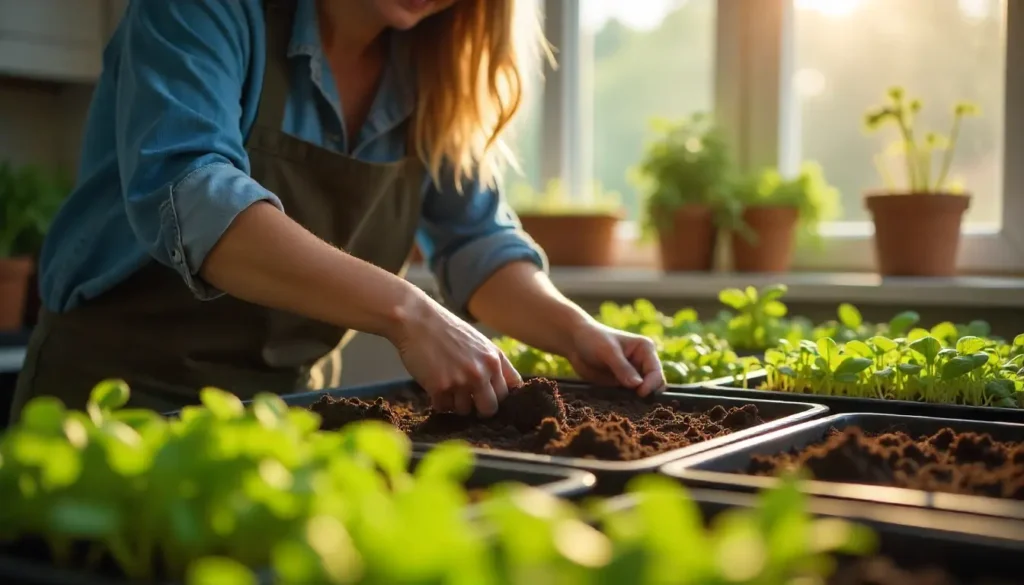
- Different Ways to Grow Microgreens at Home

- Different Types of Microgreens and Their Benefits

- Sprouts vs Microgreens

- What Causes Microgreen Mold?
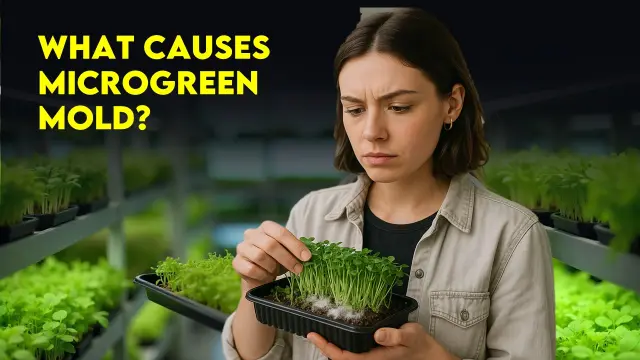
- Disadvantages Of Microgreens ? 3 things you must know
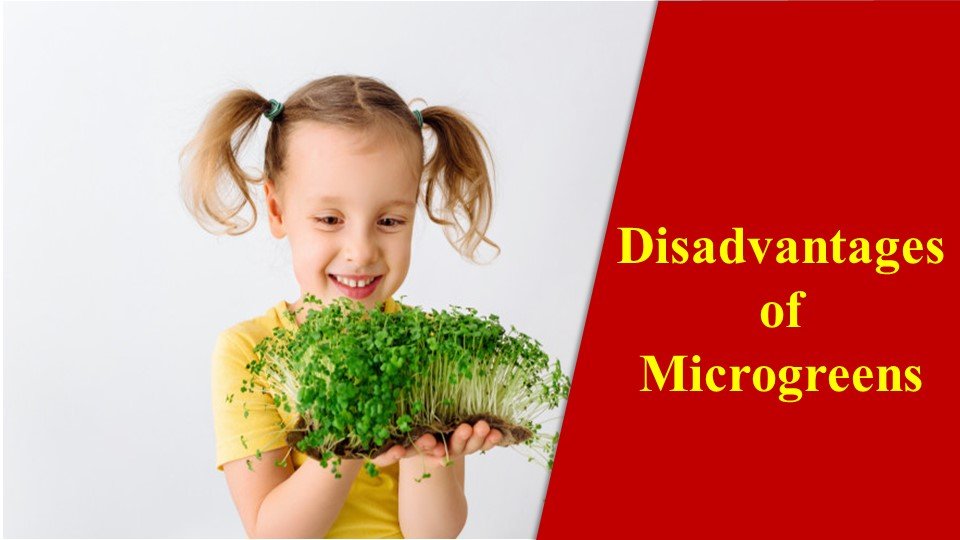
- Get The Ideas On Where To Sell Microgreens: The 6 Best Ways

- How to grow Microgreens without Soil: Easy tips for Gardener
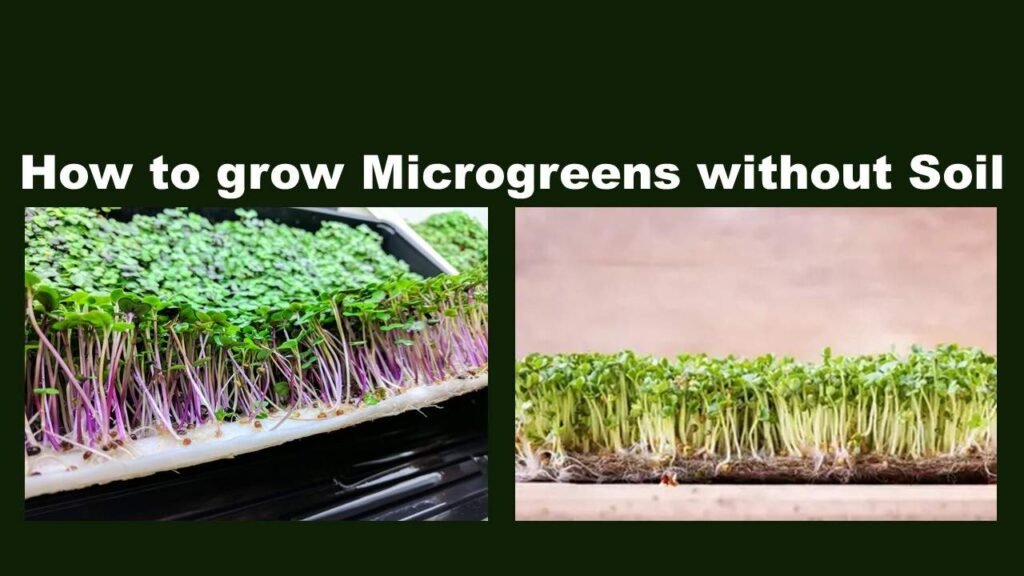
- top 10 Most Profitable Microgreens In The Us
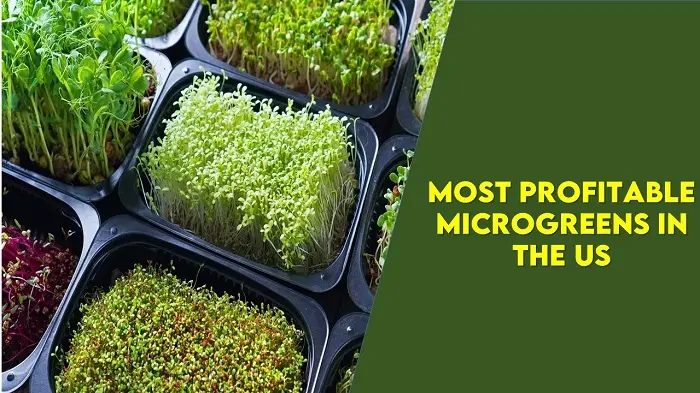
- Do Microgreens Regrow? – Best Ways To Regrow Them
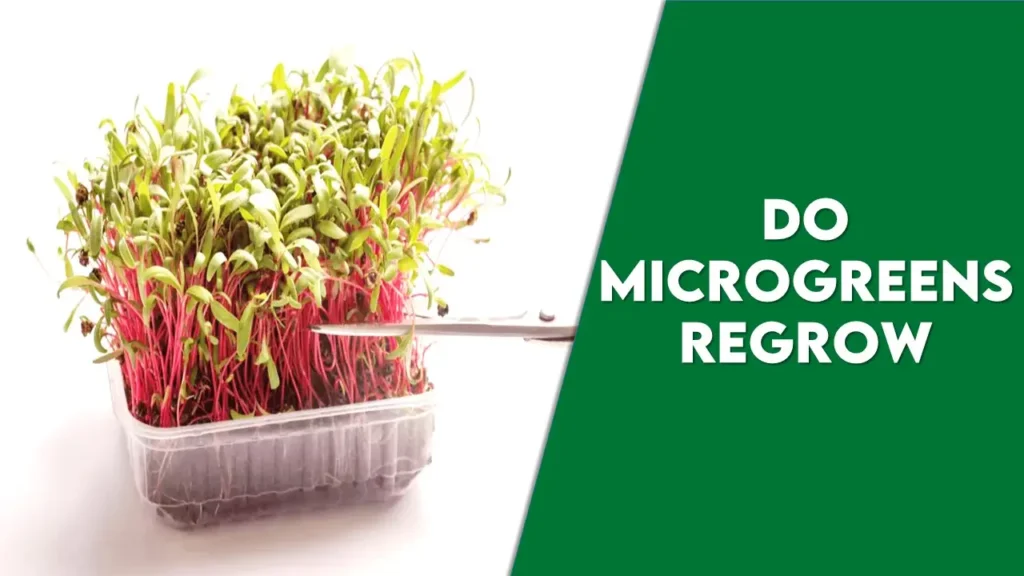
- Who Invented Microgreens ?- Revealing All The Hidden Truths

- 5 Easy Microgreens For Beginners
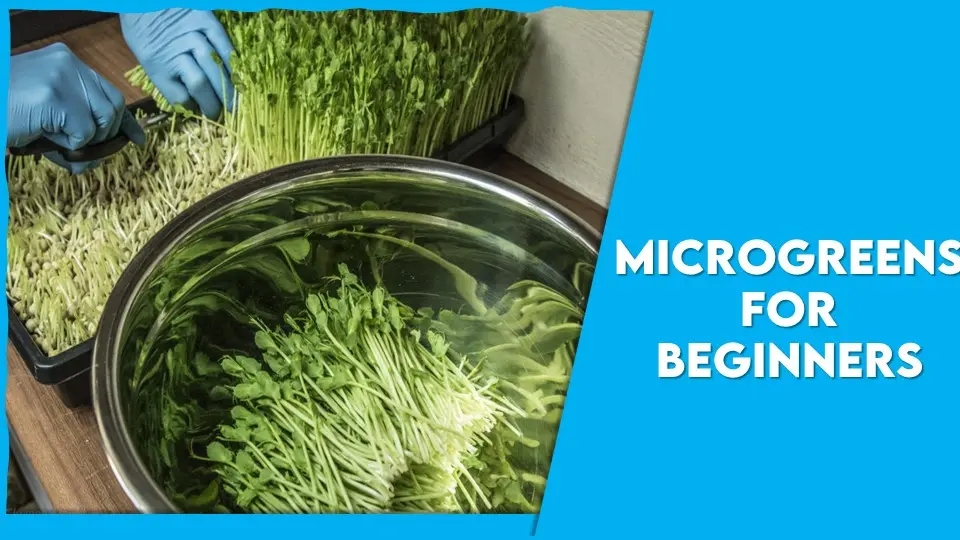
- What Causes Microgreen Mold – A Big Threat To Microgreens

- How To Grow Barley Grass – A Seedling To Amazing Superfood
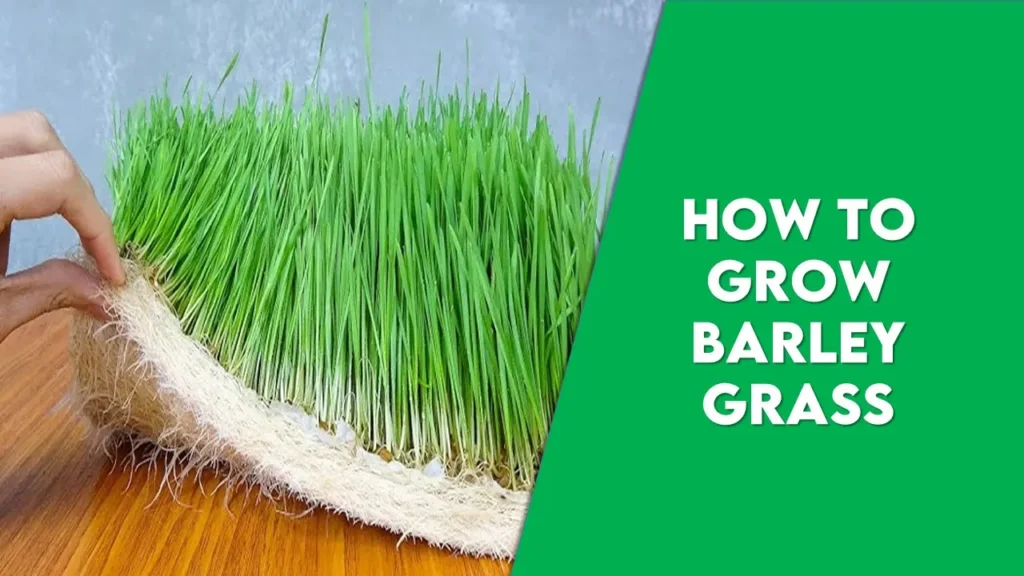
- Microgreens vs Sprouts – Are They Same? – Let’s uncover the Facts
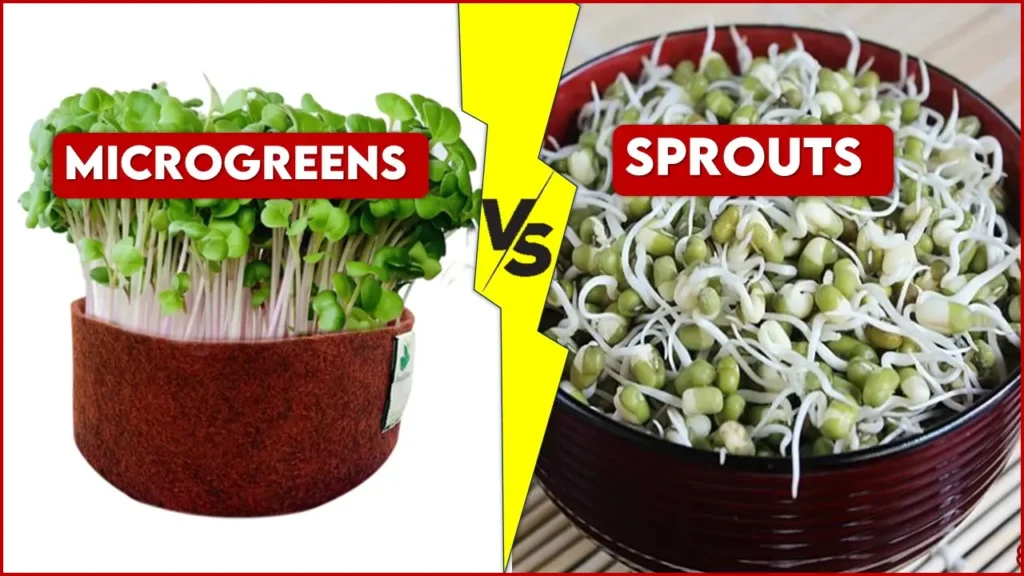
- Do I Need A License To Sell Microgreens – Things To Be Noted

- Microgreens Business – A New Boost To Entrepreneurial Revolution
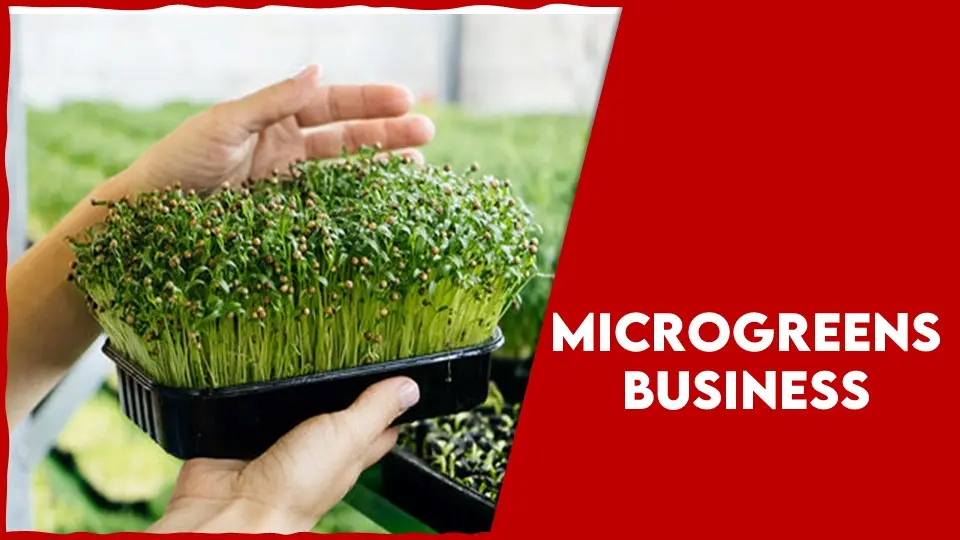
- Where To Buy Wheatgrass – What Would Be The Best

- How to Grow Cilantro Sprouts – The Best Facts One Needs To Know
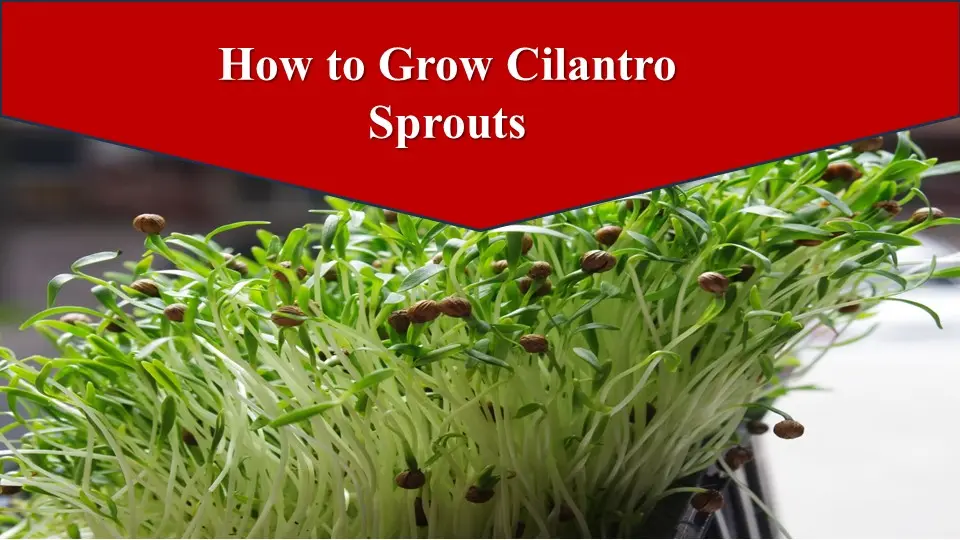
- How To Sell Microgreens – Best Tips To Follow

